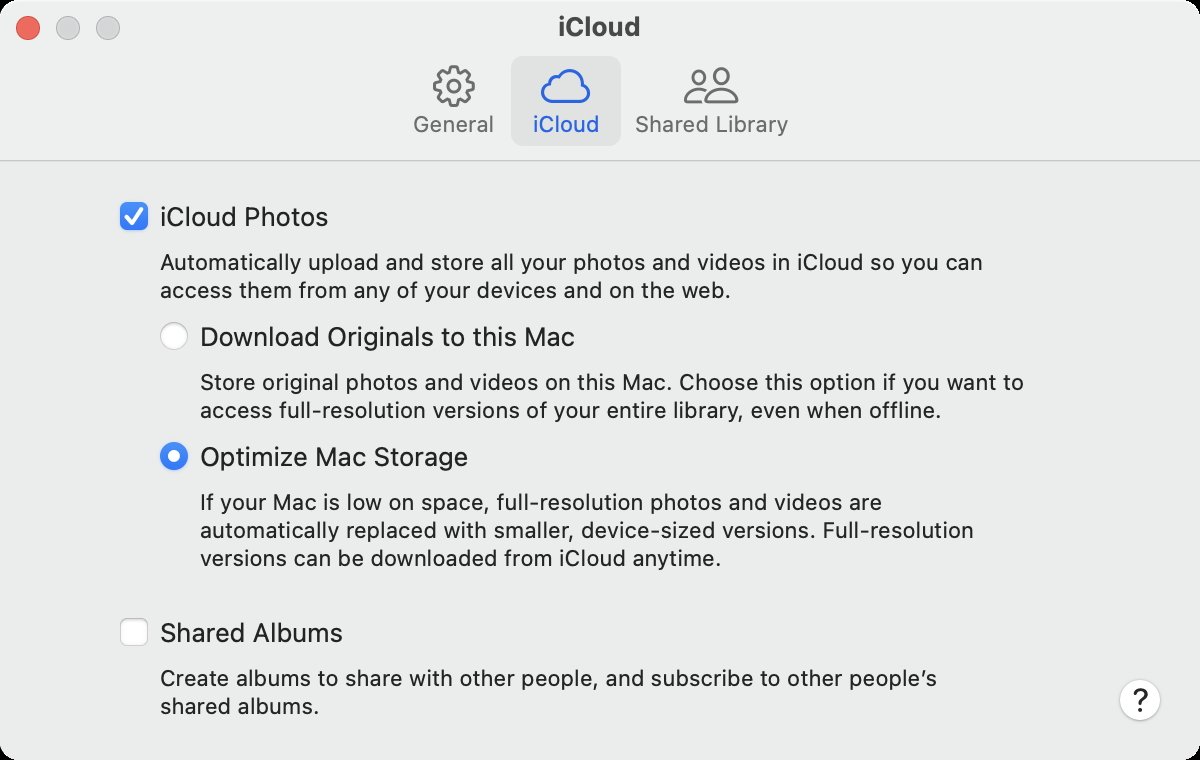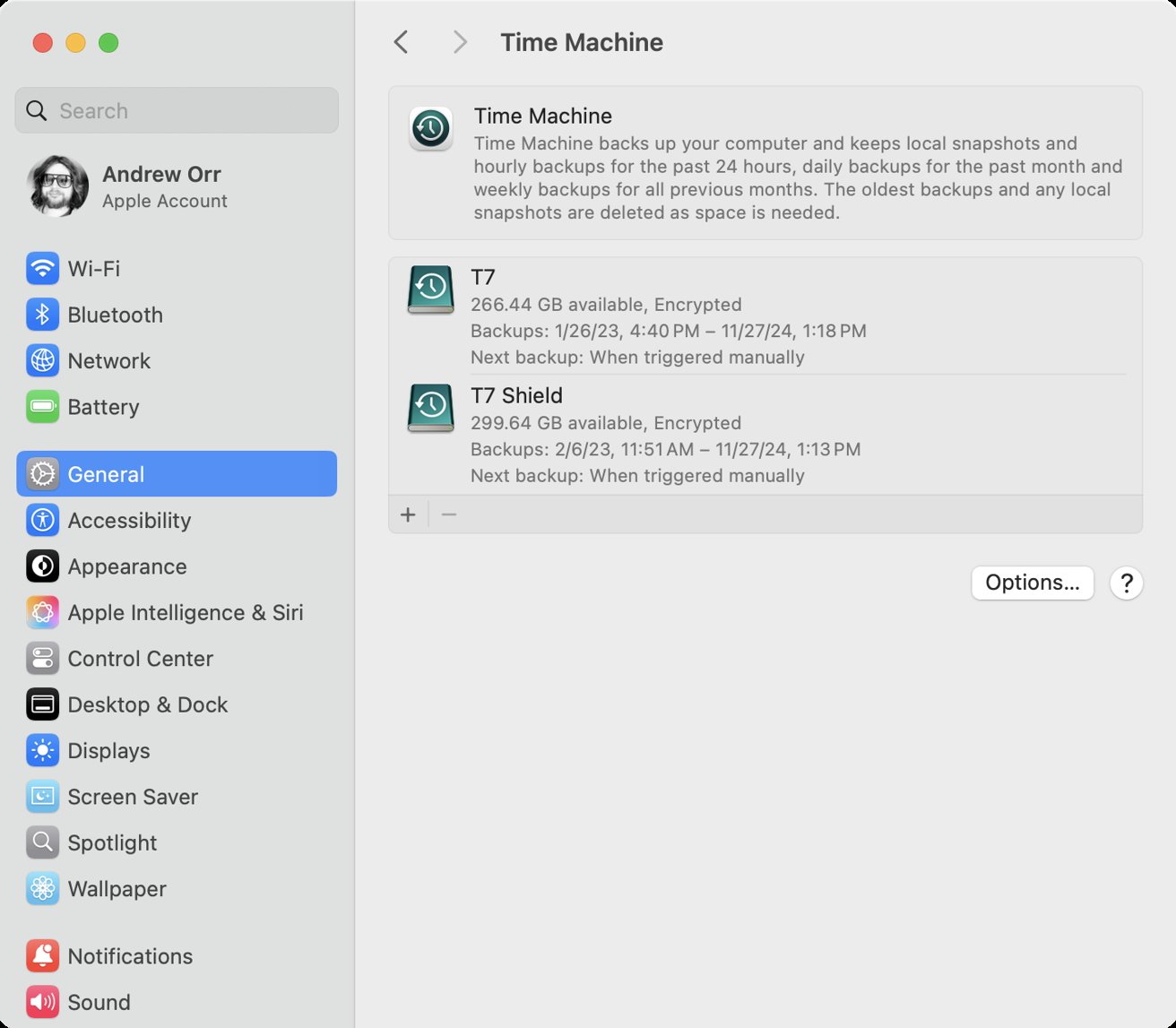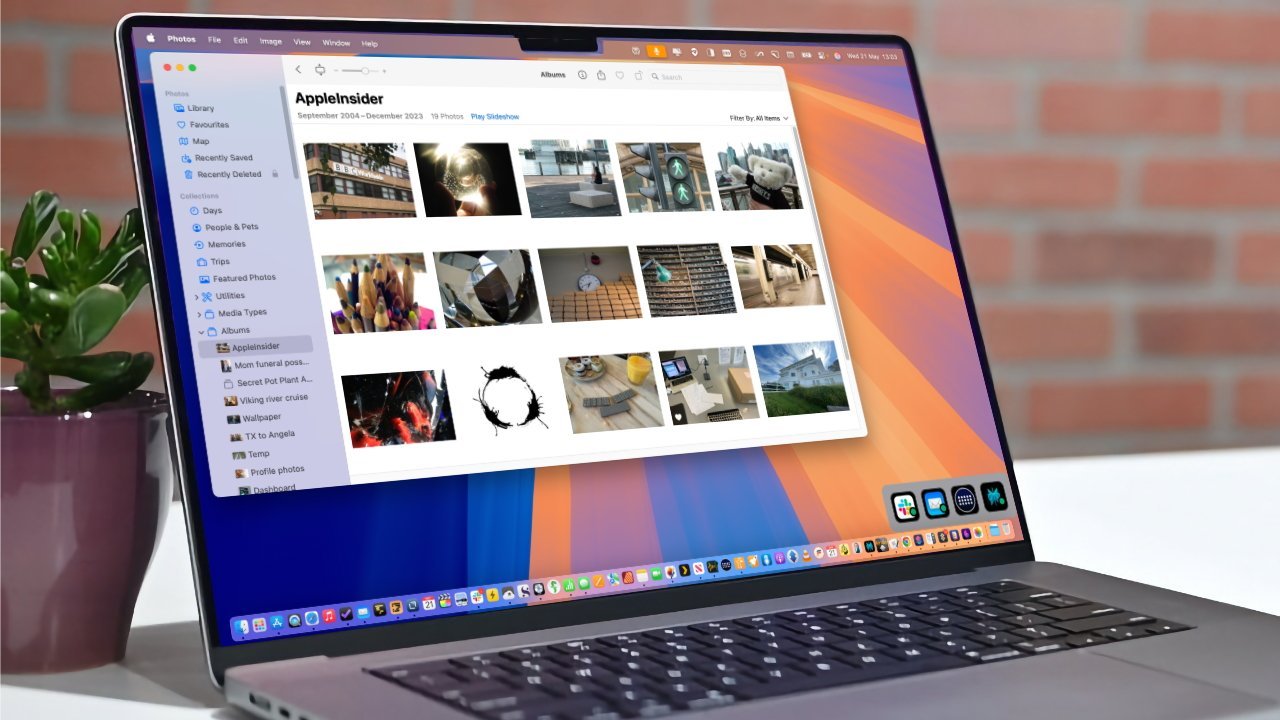Your photo library could be synchronized with iCloud, but in MacOS Sequoia, a manual backup is still a smart way to protect against erase or corruption. Here’s how to keep your memories safe.
Apple’s cloud service reflects your library across devices, but IFning is removed or damaged, disappears everywhere. Therefore, the manual local backup of the photo library is critical.
Photographs of iPhoto replacement in 2015, but the structure of the local library remains largely the same. In MacOS Sequoia, its backup downloads the originals of the originals and then copy the entire library to external or secondary rental.
How to choose the right photo library on Mac
If you want to make sure your app for your Mac photos is correctly synchronized with iCloud, it is important to mark the right library of system photos. If this is not set, you can encourage an error, “ICLOUD functions for photos are only available in the system photo library,“ will prevent iCloud in Mac.
The error is easier to appear when primary users use iPhones or iPads to manage photos and overlook MAC library settings. In such cases, Mac’s Photos may not be connected to the iCloud library, leading to synchronization problems.
- Stop Photo App.
- Hold Key option and open the photo app.
- IN Select the library Window, select the library you want to use.
- After opening the library, go to the photo menu and select Settings.
- Click on the General tab “Use as a system photo library. “If this option is gray, the current library is already set as a system photo library.
After setting up the system photo library, go to the iCloud card to the photo settings and make sure the “iCloud Photos” is hacked to allow synchronization.
How to download originals with full resolution to your Mac
Photo is an application that your Mac Library manager on your Mac, while iCloud photos is an optional synchronization service that keeps your pictures and videos up to date across all Apple devices.
Turning photos of iCloud stores your library in the cloud, but if you are not enough originals in your Mac, local photos can only contain lower quality previews.
- Open Photo App.
- Go to Photos, Settings and select iCloud Tab.
- Enable Download the originals to this Mac.
This deactivates the “Optimize Mac Storage” settings and starts downloading your complete photo library. Depending on your collection, this could require tens or hundreds of local storage gigabytes.

Download originals with full resolution to your Mac
Keep your Mac attached and online download units. Take it gooi to sleep, go to Setting up a system,, Batterythen click Possibilities and check “to prevent automatic sleep on the power adapter when
The display is off. “
If your Mac does not have enough space to store your entire library, consider using an external unit as a system photo library. Alternatively, you can use an external unit to temporarily release the space until the download is completed.
Manually backup to an external unit
Once all originals are stored locally, you can copy the photo library to an external hard drive or network share.
- Exit the Comllelled Photos application.
- In Finder, open your Images Fold and find Photo library.Photoslibrary.
- Connect an external unit formatted when APF or Mac OS (Journaled) extensions.
- Drag the file of the photo library to an external unit and wait for the copy to be completed.
With all the originals that are now stored locally, you can manually copy the photo library to an external unit. First, leave the photo application, and then drag a file called Photos Library.

Manually backup to an external unit
Do not answer the unit or let your Mac sleep during the transmission, as it can corrupt the backup. When you complete the copy, you will have a complete duplicate of your photo libraries, including high -resolution images, videos and metadata.
Never use a unit that is also used for a time machine for long -term storage. Apple warns of storing photos of the library on backup bundles managed by a timer.
If you plan to open a photo library directly from an external unit rather than just save it as a backup, you must adjust the unit permissions to prevent access errors.
- Right -click the external unit in Finder and select Get information.
- Check the box marked ”Ignore the ownership of this volume“At the bottom of the information window.
MacOS tests for handling the unit content are generally accessible, which prevents errors of photo permissions using accounts.
Back to the next rental on your Mac computer
We do not recommend it, but if you do not have an external unit, you can still create a secondary copy of the photo library by saving it to a separate volume or partition on Mac. It will not protect against a full drive failure, but can offer an insulation layer in the case of software corruption, user errors, or random deletion.
If you want to do it, you may want to create a second volume or partition using Disk Utility.
- Open Utility disk Applications from your apps> tool folder.
- Select your internal disk on the sidebar (“Macintosh HD”).
- Click on Plus (+) button to add a new APFS volume or use Partition If necessary, the HFS+score card.
- Name a volume (for example “Photo backup”), select Format (Recommended APFS) and click on Add.
Adding a new volume to the APFS disk will not erase existing data, making it a safe way to separate the backup from the trigger volume without wiping the Mac. Once the new volume appears in Finder, leave the photo application and copy the photo library.
Although this setting provides another copy in a separate space, it is still on the same physical units. So if the unit fails, you will lose both versions. For complete protection, use this method as a time measure or in combination with an external backup.
Use the time machine as another warranty
The time machine can serve as a valuable second layer of protection for your photo library. As long as the library is stored on the MAC internal unit, the TIME machine automatically included it in normal reserves.

Use the time machine as another warranty
You get points of renewal versions that a hand -held copy cannot provide.
- Make sure your photo library is located on your internal disk, not an external or network volume.
- Connect the unit compatible with time and turn on the machine to the machine in the system settings.
- Allow the time to start the machine starting up the scheduled backup or run manually.
- If necessary, use Time Machine later to browse earlier versions of your photo library and restore deleted or changes.
Do not store the library of active photos on the same unit for the time machine. Apple warns that this can lead to failure of corruption or backup, the Time Time machine considers the whole unit a target of the backup.
To work properly, your photo library must remain on your Mac internal storage by default, preferably.
The application of photos is designed to synchronize, not archived. If the file is deleted or damaged on one device, the change spread to all connected devices. Therefore, local advances are necessary.
We recommend maintaining the manual backup and backup of the Time Machine backup of your photo library. Even if iCloud fails, you will have protection in full resolution and historical recovery options.
(tagstranslate) Apple

